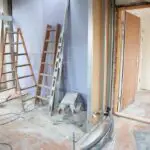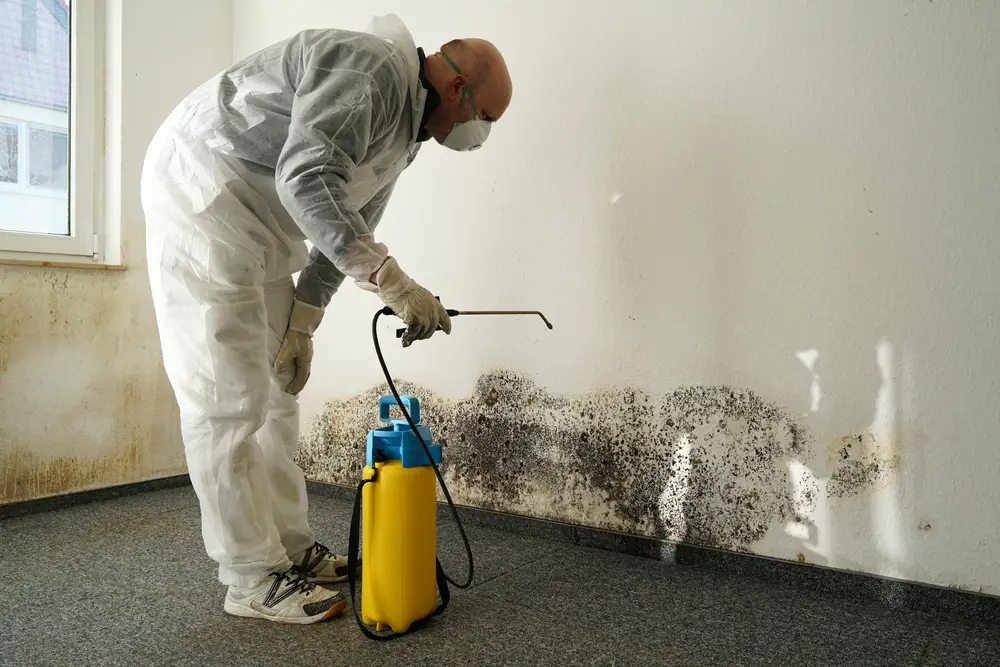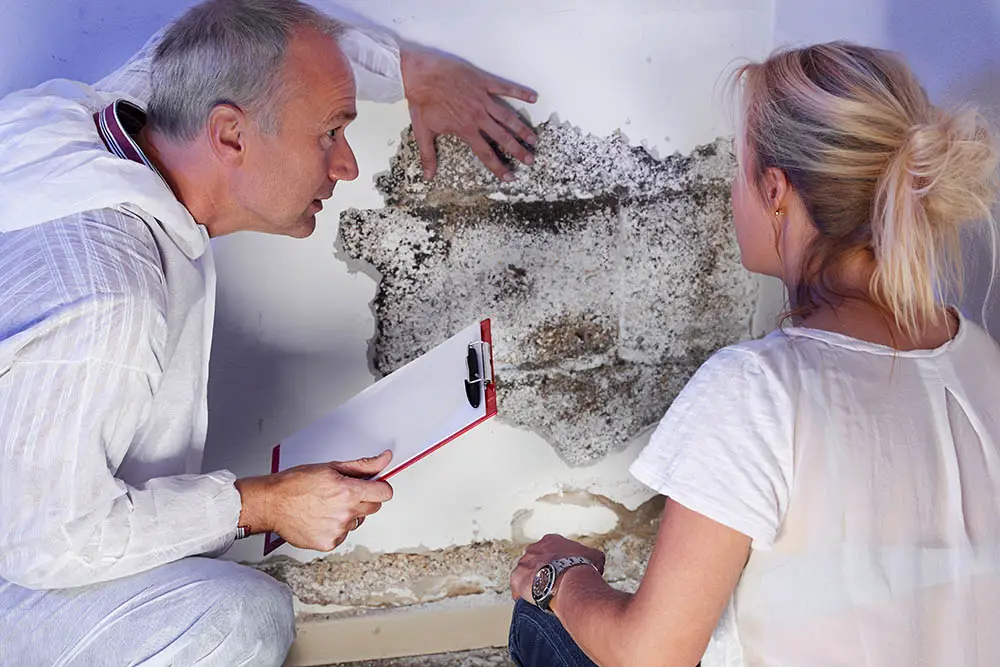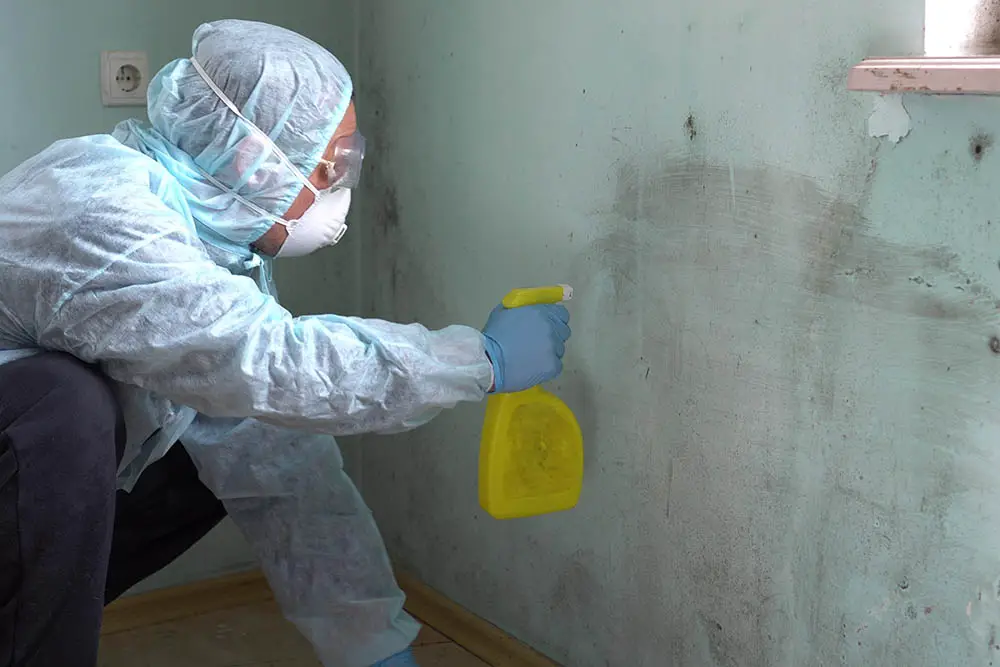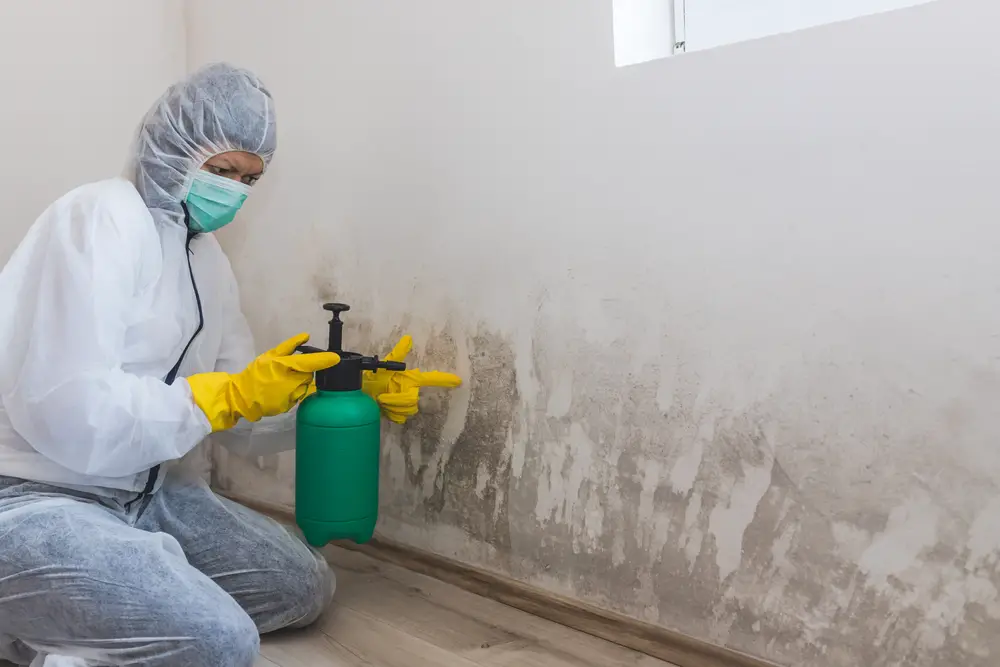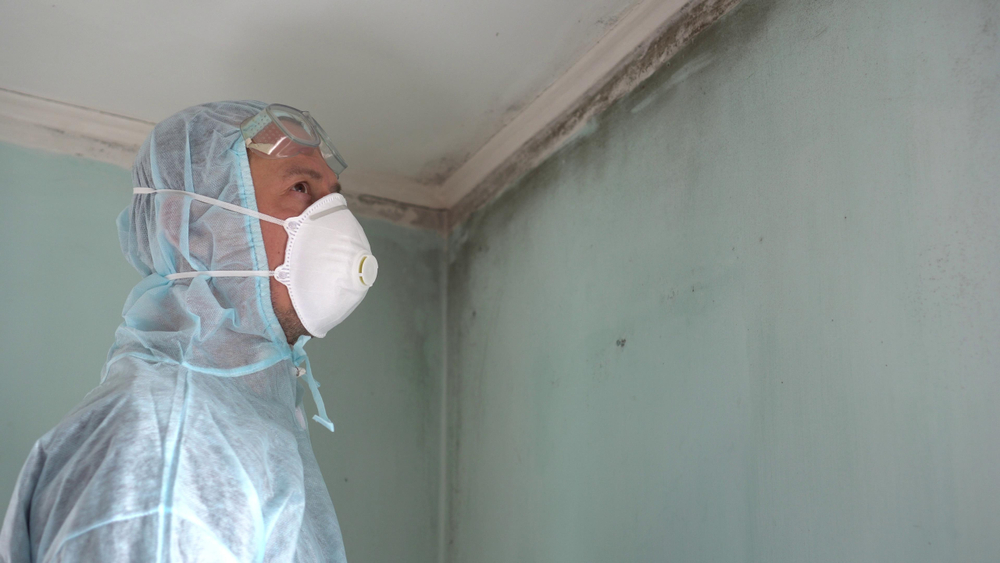State Farm is one of the leading providers of homeowners insurance in the United States. Homeowners often wonder whether their State Farm policy covers mold damage and what steps they should take if mold is discovered in their home. In this blog post, we will delve into State Farm’s homeowner’s insurance coverage for mold, including what is typically covered, what factors determine coverage, and what to do if your policy does not cover mold damage.

Does State Farm Homeowners Insurance Cover Mold?
Certainly! Here’s the revised sentence in active voice:
Yes, a standard homeowners policy with State Farm Home Insurance typically provides coverage for up to $10,000 to identify and repair mold damage. However, the homeowner would need to cover any expenses exceeding this amount.
Keep in mind that the coverage for mold damage can vary depending on the specific policy and the cause of the mold. It’s essential to review your policy details or speak with your State Farm agent to understand the extent of coverage for mold damage in your policy.
Does State Farm Cover Mold Damage?
State Farm’s coverage for mold damage typically depends on the cause of the mold and whether it resulted from a covered peril. Covered perils often include sudden and accidental incidents such as water damage from a burst pipe or a storm. However, gradual issues like long-term water leaks or humidity may not be covered.
Coverage Options Offered by State Farm
State Farm offers various coverage options for homeowners insurance, including dwelling coverage, personal property coverage, liability protection, and additional living expenses coverage. Understanding the specifics of your policy is crucial in determining what is covered in the event of mold damage.
Where to Look for Your State Farm Mold Coverage
When reviewing your State Farm homeowners insurance policy, look for specific provisions related to mold coverage. This may be outlined in the policy’s terms and conditions or listed as an additional coverage option that you can purchase separately.
State Farm Mold Coverage Claim Procedures
In the event of mold damage, it’s essential to follow State Farm’s claim procedures promptly. This typically involves documenting the damage, contacting your State Farm agent or claims department, and cooperating with any inspections or assessments required by the insurer.
What Factors Determine if Mold Damage is Covered by State Farm Homeowners Insurance?
Several factors can influence whether mold damage is covered by State Farm homeowners insurance, including the cause of the mold, the extent of the damage, and the terms of your policy. Factors such as sudden water damage versus gradual moisture buildup may impact coverage eligibility.
Does State Farm Homeowners Insurance Cover the Cost of Mold Remediation?
While State Farm homeowners insurance may cover mold damage in some cases, it’s essential to note that coverage for mold remediation expenses can vary. Some policies may include coverage for mold remediation, while others may require separate endorsements or additional coverage options.
What are Some Common Exclusions for Mold Damage in State Farm Homeowners Insurance?
Common exclusions for mold damage in State Farm homeowners insurance policies may include mold resulting from negligence or lack of maintenance, such as failure to address water leaks promptly. Additionally, policies may exclude mold damage that occurs over an extended period, as opposed to sudden and accidental incidents.
Seeking Additional Coverage for Mold
If your State Farm homeowners insurance policy does not provide sufficient coverage for mold damage, you may have the option to purchase additional coverage or endorsements specifically tailored to mold-related risks. Consult with your State Farm agent to explore available options.
What to Do If Mold is Not Covered
If mold damage is not covered by your State Farm homeowners insurance policy, you may need to explore alternative options for addressing the issue. This could include seeking assistance from mold remediation professionals and taking preventive measures to mitigate future mold growth.
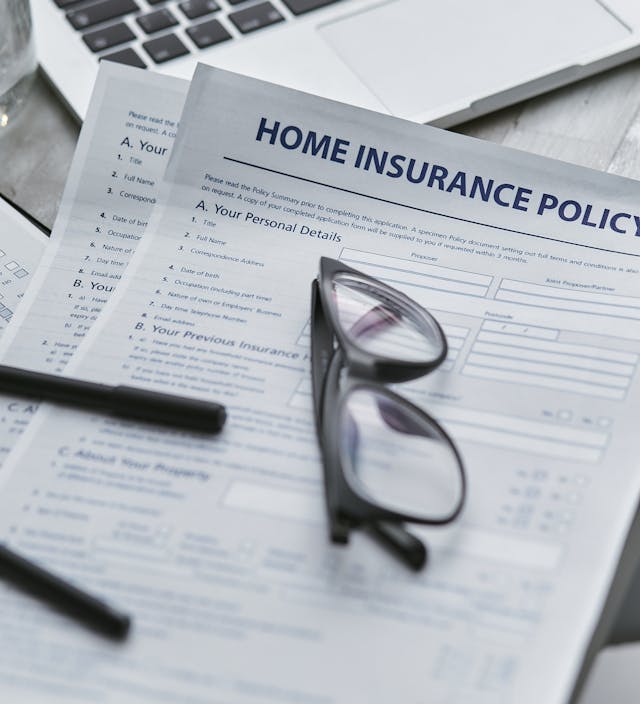
Is Mold Remediation Covered by Other Homeowners Insurance?
Some homeowner insurance companies provide coverage for mold removal or remediation if water damage occurs due to sudden accidents or emergencies, such as a burst pipe. However, because mold remediation can be so expensive, most insurance companies have put in measures to reduce their risk of paying the extortionate amounts out to their customers.
This is why people who live in humid climates find it difficult to get coverage for mold remediation as their homes are prone to experiencing mold growth. Things, like your bath overflowing, leaking, or failing to attend to a water appliance that has been leaking for years, will not permit you coverage of your home.
Most home insurance companies will offer between $1-$10,000 limit for their mold coverage, but mold remediation for an entire home can cost upwards of $25,000 sometimes, so the customer will need to find the funds to cover those costs elsewhere.
Why Won’t My Home Insurance Policy Cover My Mold Problem?
If you’ve experienced a prolonged water leak without addressing the issue, resulting in a mold infestation, you will not qualify for coverage as it constitutes neglect on your part and does not fall under the category of an accident or emergency.
If you reside in a humid area and have neglected to implement necessary precautions, such as using a dehumidifier in moisture-prone areas of your home, you will not qualify for coverage. It is your responsibility to take proactive measures against mold growth.
Unfortunately, due to the high number of storms and flooding that happen, home insurance companies are unable to offer policies that cover mold growth due to water damage from these natural events. However, things that are out of your control like your water heater bursting or your dishwasher or washer malfunctioning and leaking water everywhere will entitle you to coverage if mold has started to grow due to this malfunction.
If you were unfortunate to have a house fire in your home and mold has appeared from where the firefighters have used water to extinguish the flames, then your homeowner’s insurance should cover you.
The best way to find out is by thoroughly talking through what is and what isn’t covered by your insurance policy with your provider, then you will not be left in the dark if something does happen.
What is Mold Buyback Coverage?
If your insurance policy doesn’t offer mold coverage, then there may be another way around getting coverage. Some home insurance companies offer a ‘buyback’ scheme for mold claims, which lets the customer pay more money on their policy in exchange for limited mold coverage.
However, some insurance companies will cap the amount that they offer for this coverage or only pay for certain parts of the process like testing or the clean-up, as mold remediation can be very expensive.
Is Mold Removal Expensive?
Mold removal can indeed be a costly endeavor, particularly when structural damage is involved. The expense of mold remediation hinges on the severity of the damage and the size of the affected area.
For smaller spaces like crawl spaces, attics, walls, and ducts, mold remediation costs may range from $500 to $6,000. However, if extensive mold growth necessitates the removal of walls or ceilings, the total expenses could soar to approximately $30,000 to restore your home to its pre-mold condition.
These expenses are substantial due to the involvement of licensed professionals who undertake the risky task of working with toxic mold daily. Mold remediation professionals invest considerable time, often spanning weeks, in executing these jobs. They meticulously follow a series of steps to ensure the safe removal of mold and implement preventive measures to mitigate future occurrences.
Preventive Measures Against Mold
To minimize the risk of mold damage in your home, consider implementing preventive measures such as maintaining proper ventilation, promptly addressing water leaks, and controlling indoor humidity levels. Regular inspections and maintenance can also help identify and address potential mold issues before they escalate.
Know Your Insurance Coverage
Understanding State Farm’s homeowner’s insurance coverage for mold damage is essential for homeowners looking to protect their properties and assets. By familiarizing yourself with the coverage options, claim procedures, and potential exclusions related to mold damage, you can make informed decisions to safeguard your home and finances against this common household concern.


